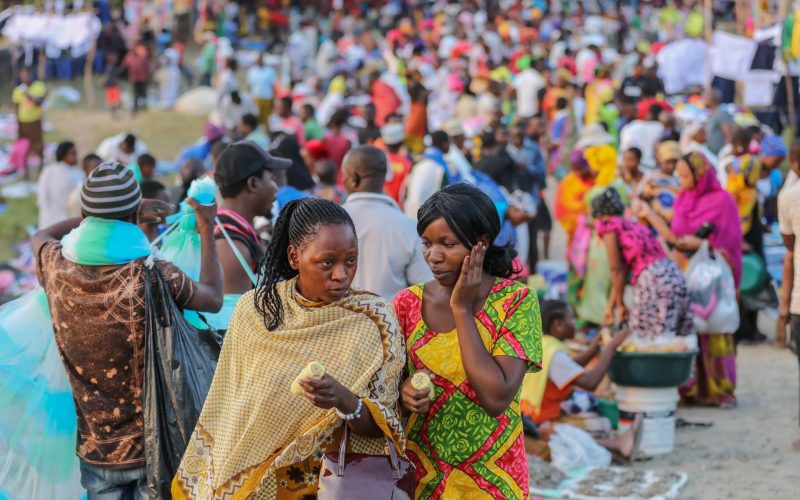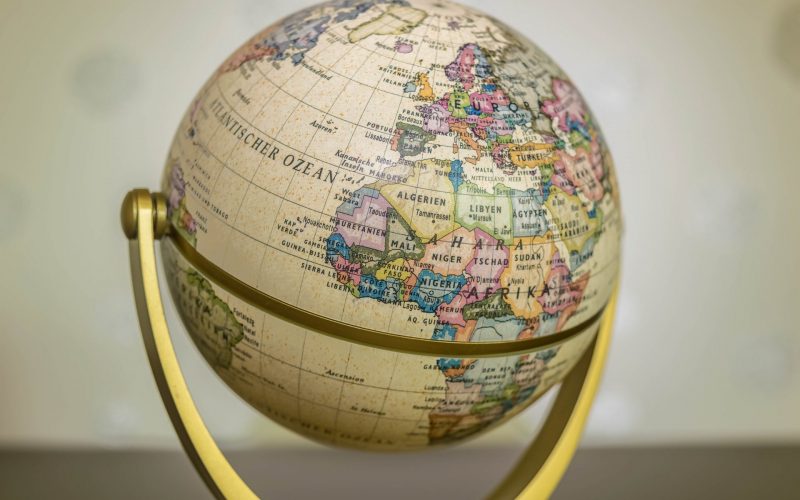Insofar as the state has a virtual monopoly on the instruments and use of force, this presents a potent weapon in the hands of a tyrant. Tyrannies deftly and crudely manipulate the discourse and institutions of democracy while simultaneously occluding its space.
Under tyrannies, sycophantic parliaments pass immoral legislation; jurists preside over its application and the police enforce its adherence. For their duration, tyrannies are in authority, but lack authority, particularly moral authority on which to draw in times of crisis.
When the fig leaves of democratic legitimacy shrivel, tyrannies rely on structural violence, state repression and privatised intimidation, such as hit squads, vigilantes and youth militia, to ensure quiescence. Tyrannies not only occupy the office of government — such office is subordinated to vicarious personal whim. Democrats are repulsed by such regimes, thugs are drawn to them.
Tyrannies are deceptive and ambiguous regimes, however, being at once forceful and vulnerable. The Mugabe regime is both. After 25 years of rule by an evil political genius, how much longer can the Zimbabwean tyranny continue?
Absent the death of its leader, four key characteristics presage the fall of tyranny. The first is the appearance of fissures, then factions and then fractures in the ruling oligarchy. This is often preceded by schisms, inconsistencies and oscillations in governmental language and sloganeering. Furthermore, tyrannies construct proto-ideologies and justificatory discourses that simultaneously create, or recreate, perceived external threats.
Nazism used Zionism, Stalinism used Fascism and apartheid used both African nationalism and communism. The Zanu (PF) tyranny has used white racism, neocolonialism, capitalism, farmers, Britain, British Prime Minister Tony Blair, the church, the opposition Movement for Democratic Change (MDC), and now the International Monetary Fund (IMF) and World Bank structural adjustment programmes, to blame for the (now officially acknowledged) economic crisis.
But whereas the symbolism of white settler racist exploitation has been a potent instrument for galvanising support for Robert Mugabe, the very extirpation of this threat, inter alia, through land seizures has, perversely, exhausted its political utility. The external “threat” of Blair, or indeed the culpability of the IMF or World Bank, simply has little galvanising currency for Zimbabwe’s 40%-60% impoverished and unemployed.
Beyond the rhetoric of crisis, however, the ruling bloc in Zimbabwe is exhibiting fissures, if not yet signs of fracturing. Mugabe’s firing of previously trusted and prominent cabinet ministers, most notably former information minister Jonathan Moyo, the marginalisation of former parliamentary speaker Emmerson Mnangagwa, pre-election purges within Zanu (PF) and the increasing reliance on the Zezuru clan elite for appointment to positions of trust, particularly in the military and intelligence hierarchy, are all clear indictors of regime weakness, not strength.
That Moyo and Mnangagwa felt confident enough to launch their respective leadership succession bids before this year’s election campaign demonstrates a confidence derived of a perception of relative Mugabe weakness.
A second portent of tyranny collapse is a deepening crisis of the state. This has a number of dimensions. The most important is economic: the Zimbabwean economy, which is now 30% smaller than it was five years ago; its parlous agricultural production, mine closures, chronic energy shortages; the world’s highest inflation rate and a currency that is practically untradeable but still overvalued, are the clearest indicators of a structural, if not terminal, economic crisis that is placing a tourniquet on the Zimbabwean fiscus and treasury. This fiscal and revenue crisis threatens the viability of state employee salaries and pensions, most notably those of the security services.
To date, the Mugabe government has been able to placate the security forces with massive pension payouts, the distribution of seized farms and the spoils of war in Democratic Republic of Congo. Against the background of heavy international debt, the country has reportedly already securitised its sugar and other agricultural production to Libya and China in recent years.
More visibly, state infrastructure is decaying. This in a country whose state sector was the envy of all Africa. The regime is running out of revenue, capital and options.
The third harbinger of tyranny failure, and one that is distinctly absent from the current Zimbabwe scenario, is that of external threat. Historically, tyrannies fail when they have engaged in wars of expansion, or have been invaded. In the 1990s the elite of the Zimbabwean regime inverted this thesis by materially benefiting from its military intervention in the Congolese war. The spoils bolstered the wealth of the senior ranks of the military and made some politicians and businessmen fabulously rich, but the invasion also resulted in political sanction from the Southern African Development Community (SADC) under pressure from SA in particular. Despite the reported recent purchase of six Chinese fighter aircraft to protect Zimbabwe from “imperialist aggression”, there is no foreign military threat to the regime.
This outpost of tyranny will not be invaded. Nor will any SADC state permit antigovernment forces to operate from its soil against Zimbabwe. No, the only external threat to the regime is sanctions. These may be passive sanctions in the form of curtailing international finance and credit facilities, or smart sanctions of the type imposed on the regime and its leadership by the US and the European Union. In either event, neither form of sanction will have any telling effect on the ruling bloc in Zimbabwe over the short to medium term.
The fourth and sharpest weapon in the struggle against tyranny is that of internal opposition. Yet despite its political dominance in the cities and overwhelming support in Matabeleland, the MDC shows no signs of effectively challenging the Mugabe regime at any level. The MDC has failed to maximise its comparative advantage and mobilise unions, workers and the urban youth in a concerted campaign of rolling mass action. Nor has it shown the stomach, or inclination, for armed struggle, yet. The lessons of SA have not been learnt.
Thus, despite a weakening state and subterranean rumblings from a discordant Zanu (PF), the terms of the end of tyranny in Zimbabwe lie not with the ambitious “sleepers” within the oligarchy, and less still with the battered and bruised comrades of the MDC, but rather, for the time being at least, with southern Africa’s most infamous old tyrant himself.







